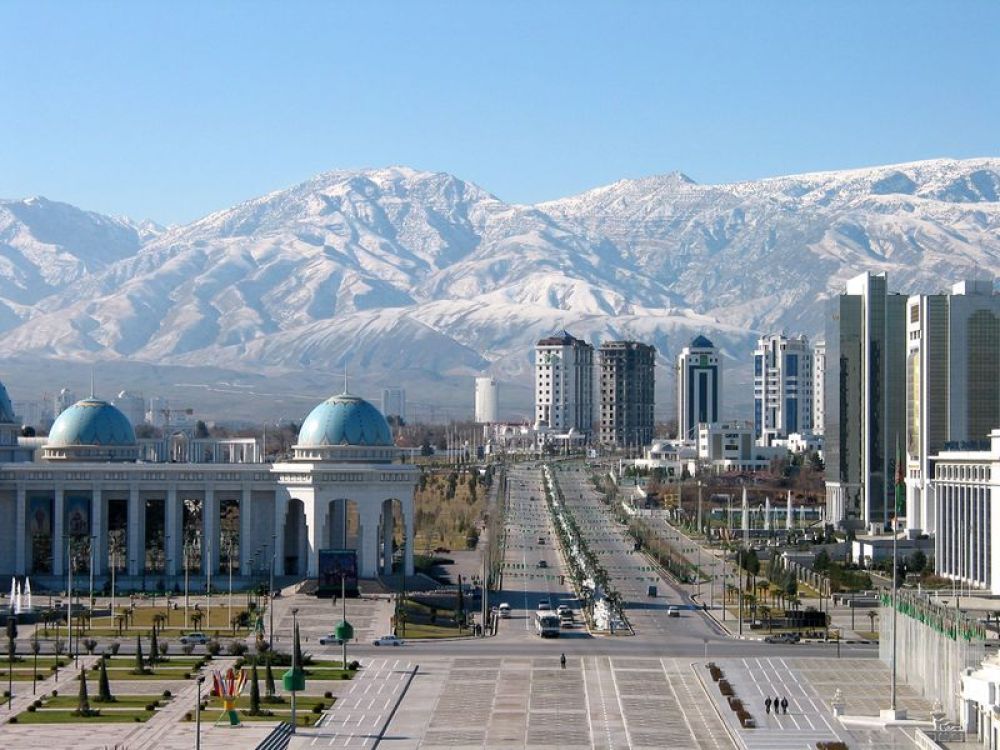

Tourism in Ashgabat, the capital city of Turkmenistan, has a history that intertwines with the nation's cultural evolution, political changes, and economic development. Ashgabat, known for its grandiose architecture and marble-clad buildings, presents a unique blend of historical significance and a drive towards modernity that has influenced its tourist appeal over the years.
Originally a quiet village, the foundation for Ashgabat was laid with the establishment of a Russian fort in 1881. After a devastating earthquake in 1948, the city was rebuilt and began to develop its unique character. However, it was not until Turkmenistan's independence from the Soviet Union in 1991 that Ashgabat began to emerge as a tourist destination.
Following independence, the Turkmen government, under President Saparmurat Niyazov, embarked on an ambitious program of constructing significant monuments, buildings, and parks. The city's transformation into a showcase capital was aimed in part at attracting tourism, a goal further pursued by subsequent administrations.
In recent years, Ashgabat has taken strides in the field of tourism. The construction of grand hotels, a modern international airport, and cultural venues have made the city more accessible and more appealing to international visitors.
Noteworthy attractions that have been a consistent draw for tourists include the Independence Park, the Monument of Neutrality, the Turkmen Carpet Museum, and the Ertuğrul Gazi Mosque. Additionally, the city is renowned for hosting the Alem Cultural and Entertainment Center, which houses the largest indoor Ferris wheel, according to the Guinness Book of Records.
The country has actively promoted Ashgabat for its ostentatious displays of wealth, such as setting the world record for the highest density of white marble-clad buildings. However, tourism trends reflect a growing interest in authentic cultural experiences, leading to a slow but steady diversification of the tourism offerings.
Despite its many attractions, Ashgabat's tourism industry has faced challenges, including restrictive visa policies and limited freedom of the press. The Turkmen government, however, is taking steps to ease visa restrictions and actively promote the Silk Road heritage of the country as a draw for tourists.
The history of tourism in Ashgabat is one of ambition and grandeur, reflecting the broader aspirations of Turkmenistan as a nation. As the city continues to develop, it is likely that Ashgabat will further solidify its place on the tourism map, inviting travellers from around the world to discover its unique blend of tradition, culture, and modern excess.